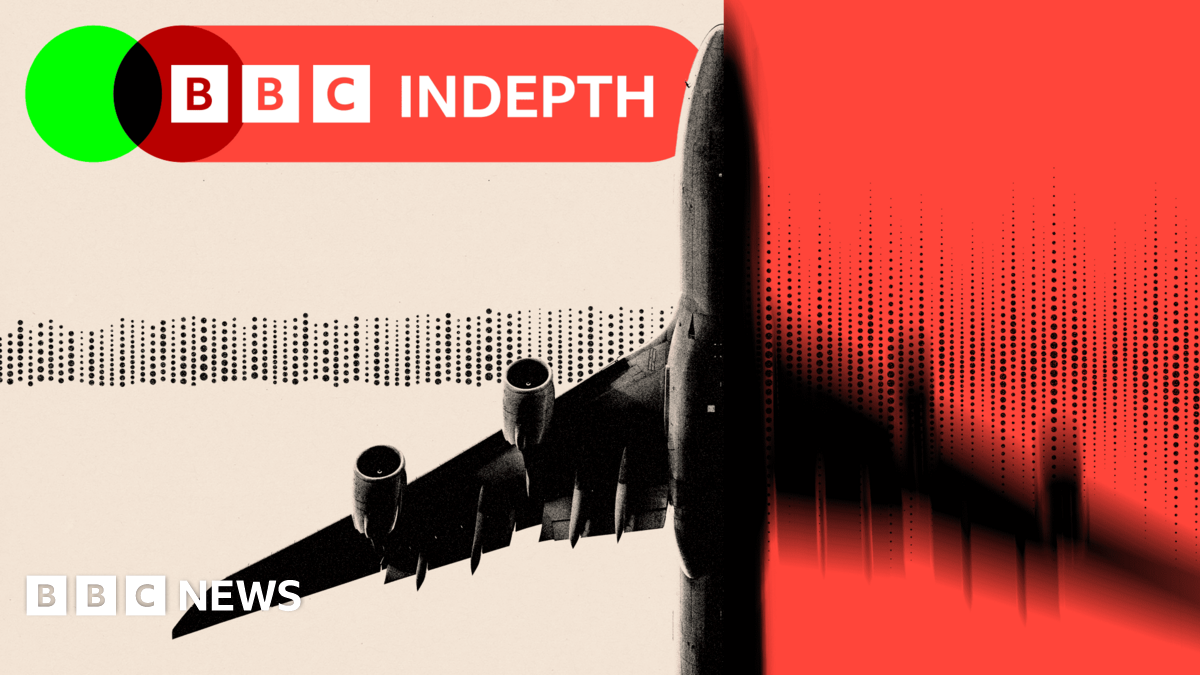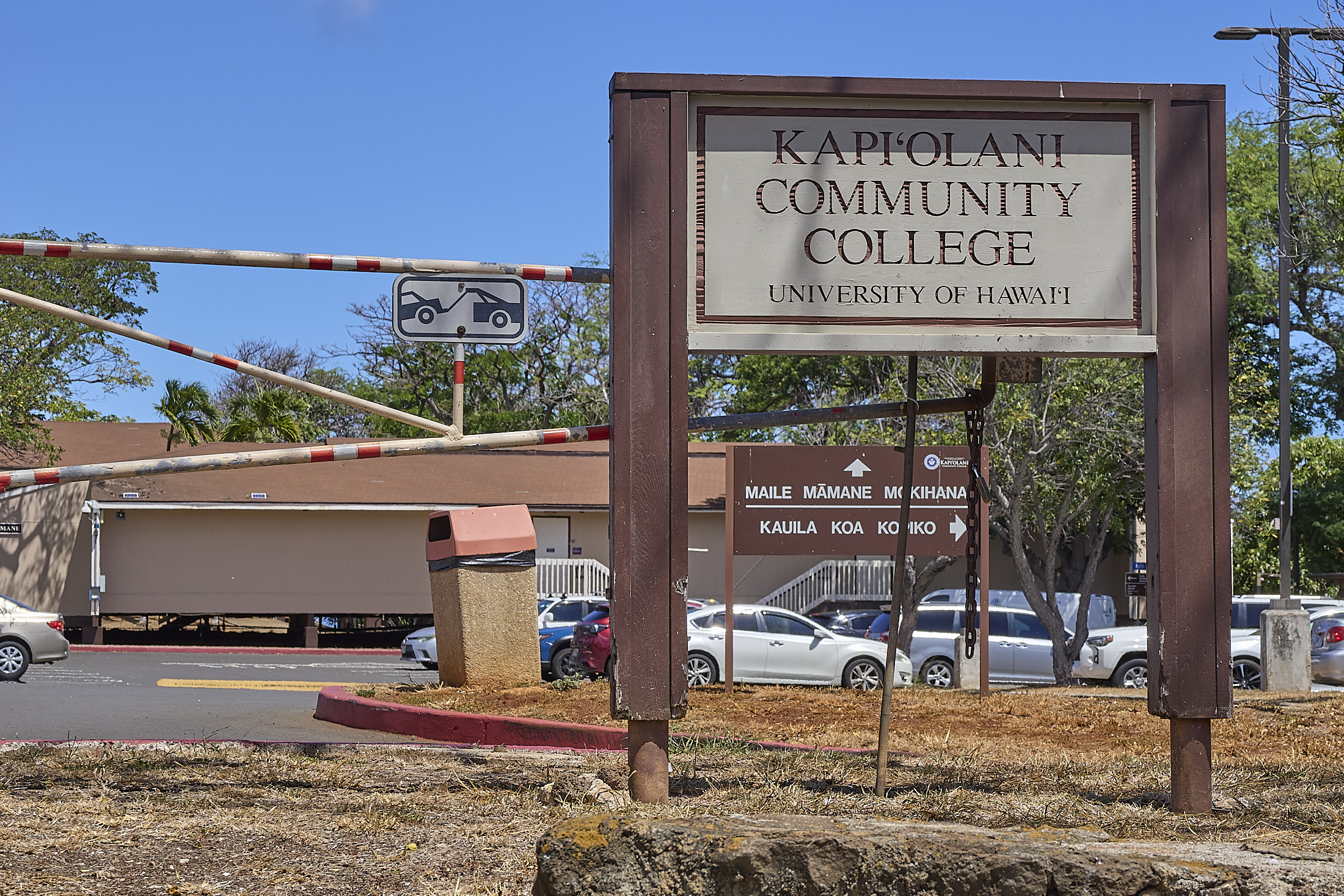Why Is Airplane Turbulence Becoming More Common And Intense?

Welcome to your ultimate source for breaking news, trending updates, and in-depth stories from around the world. Whether it's politics, technology, entertainment, sports, or lifestyle, we bring you real-time updates that keep you informed and ahead of the curve.
Our team works tirelessly to ensure you never miss a moment. From the latest developments in global events to the most talked-about topics on social media, our news platform is designed to deliver accurate and timely information, all in one place.
Stay in the know and join thousands of readers who trust us for reliable, up-to-date content. Explore our expertly curated articles and dive deeper into the stories that matter to you. Visit Best Website now and be part of the conversation. Don't miss out on the headlines that shape our world!
Table of Contents
Why is Airplane Turbulence Becoming More Common and Intense?
Air travel, once a symbol of smooth, efficient transport, is increasingly encountering a bumpier ride. Reports of more frequent and intense airplane turbulence are flooding in, leaving passengers anxious and airlines scrambling for answers. But what's causing this unsettling trend? The short answer is complex, involving a confluence of climate change, improved detection technology, and our ever-growing understanding of atmospheric physics.
The Climate Change Connection:
One of the most significant contributing factors is climate change. Rising global temperatures are disrupting established weather patterns, leading to stronger jet streams – powerful rivers of air high in the atmosphere. These jet streams are the primary culprits behind clear-air turbulence (CAT), the type of turbulence that occurs outside of stormy weather systems and is notoriously difficult to predict. A warmer atmosphere means more energy in the system, resulting in faster and more unpredictable jet stream movements. This translates to more intense and frequent encounters with CAT for aircraft. Studies have already shown a correlation between increasing greenhouse gas emissions and the severity of upper-level winds, directly impacting turbulence frequency.
Improved Technology: Seeing the Invisible?
It's tempting to assume that the increase in reported turbulence is solely due to climate change. However, advancements in weather detection technology also play a crucial role. Modern weather radar and satellite imagery provide a far more detailed picture of atmospheric conditions than ever before, allowing pilots to detect and potentially avoid some areas of turbulence. This improved detection means that more instances of turbulence, previously undetected or underestimated, are now being recorded and reported. This doesn't negate the impact of climate change, but it adds a layer of complexity to interpreting the data.
The Science of Turbulence:
Turbulence itself is a complex phenomenon governed by the interaction of air masses with different temperatures, pressures, and velocities. While we understand the basic principles, predicting turbulence with complete accuracy remains a significant challenge. Research is ongoing to develop more sophisticated forecasting models, incorporating factors such as wind shear, temperature gradients, and even subtle changes in atmospheric pressure. This research is vital to mitigating the risks associated with increased turbulence.
What Can Passengers Expect?
For passengers, the increased frequency and intensity of turbulence translates to a potentially less comfortable flying experience. Airlines are working on improving safety protocols and passenger communication strategies to address concerns. However, the reality is that increased turbulence is likely to be a persistent feature of air travel in the coming years.
The Future of Flight:
The future of air travel involves adapting to this new reality. This means:
- Investing in advanced forecasting technologies: Better prediction is key to minimizing disruption and enhancing safety.
- Improving pilot training: Pilots need to be equipped with the skills and knowledge to navigate increasingly turbulent skies.
- Developing more resilient aircraft designs: Future aircraft may incorporate design features to better withstand turbulent conditions.
While the increase in airplane turbulence presents challenges, ongoing research and technological advancements offer hope for safer and more predictable air travel in the face of climate change. Stay informed about weather updates before your flight and remember to always fasten your seatbelt when instructed. This simple precaution can significantly reduce the risk of injury during turbulent encounters.

Thank you for visiting our website, your trusted source for the latest updates and in-depth coverage on Why Is Airplane Turbulence Becoming More Common And Intense?. We're committed to keeping you informed with timely and accurate information to meet your curiosity and needs.
If you have any questions, suggestions, or feedback, we'd love to hear from you. Your insights are valuable to us and help us improve to serve you better. Feel free to reach out through our contact page.
Don't forget to bookmark our website and check back regularly for the latest headlines and trending topics. See you next time, and thank you for being part of our growing community!
Featured Posts
-
 Upper East Side Hospital Nypd Officers Remains Moved
Jul 31, 2025
Upper East Side Hospital Nypd Officers Remains Moved
Jul 31, 2025 -
 Midtown Shooting Victim A Devoted Father And Nypd Officer
Jul 31, 2025
Midtown Shooting Victim A Devoted Father And Nypd Officer
Jul 31, 2025 -
 Funding Crisis Looms Hawaii Students May Lose Federal Loan Eligibility
Jul 31, 2025
Funding Crisis Looms Hawaii Students May Lose Federal Loan Eligibility
Jul 31, 2025 -
 Public Participation Soars Thousands Submit Designs For New Bank Of England Notes
Jul 31, 2025
Public Participation Soars Thousands Submit Designs For New Bank Of England Notes
Jul 31, 2025 -
 Canadas Palestine Move Will It Jeopardize Trade With The Us
Jul 31, 2025
Canadas Palestine Move Will It Jeopardize Trade With The Us
Jul 31, 2025
